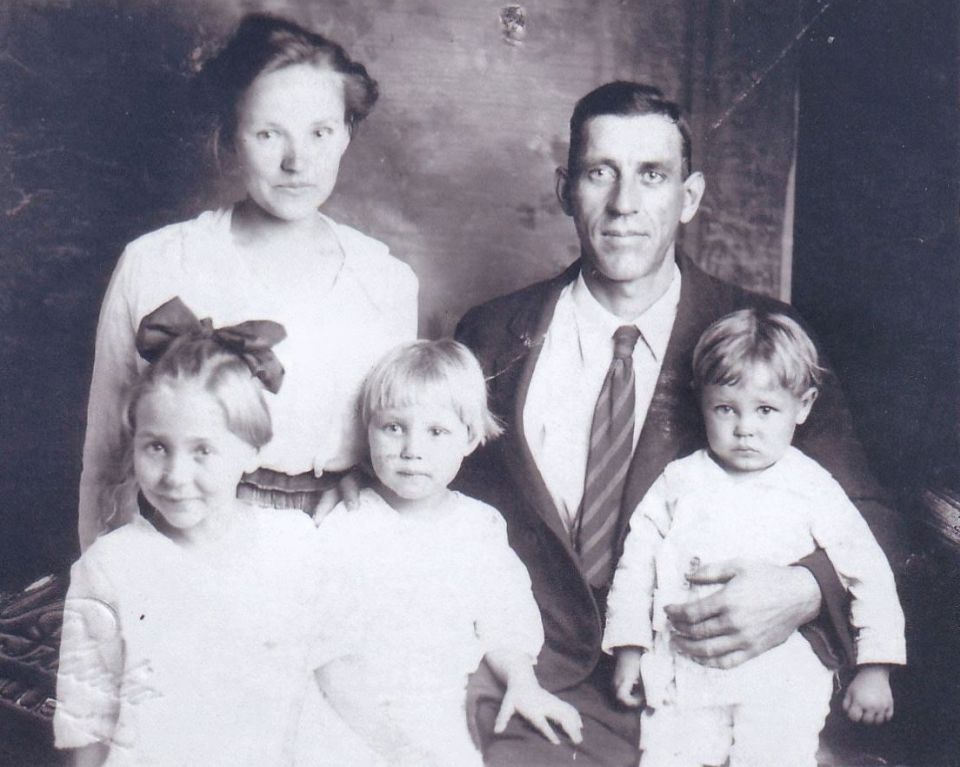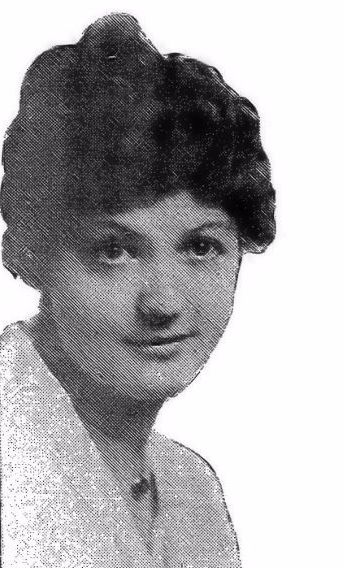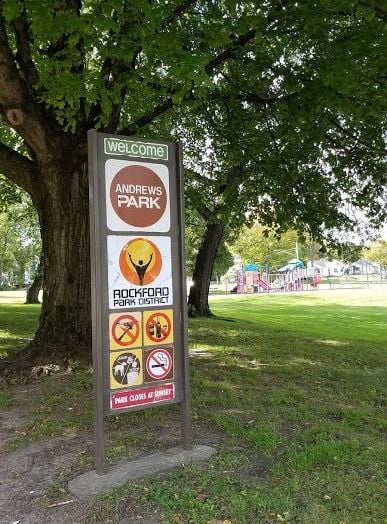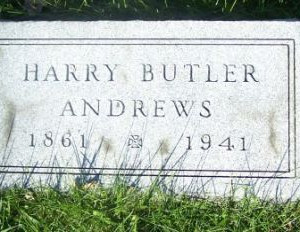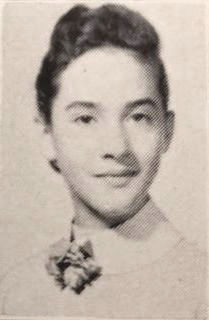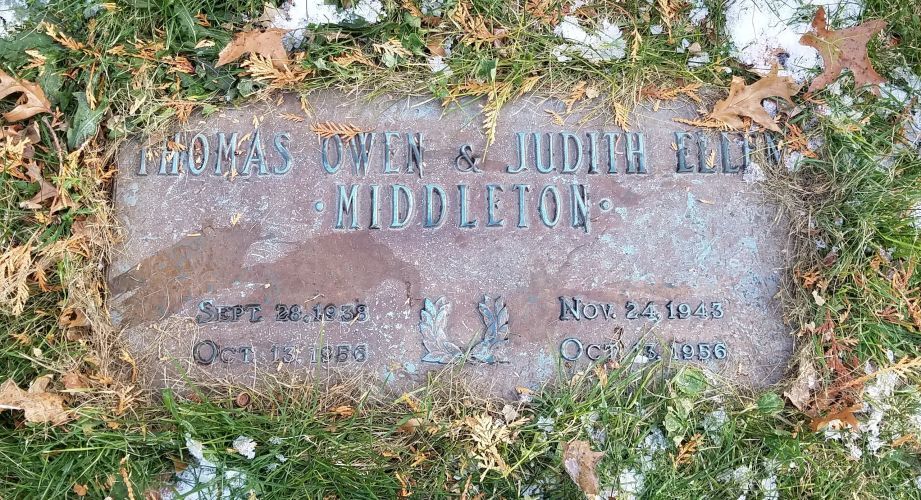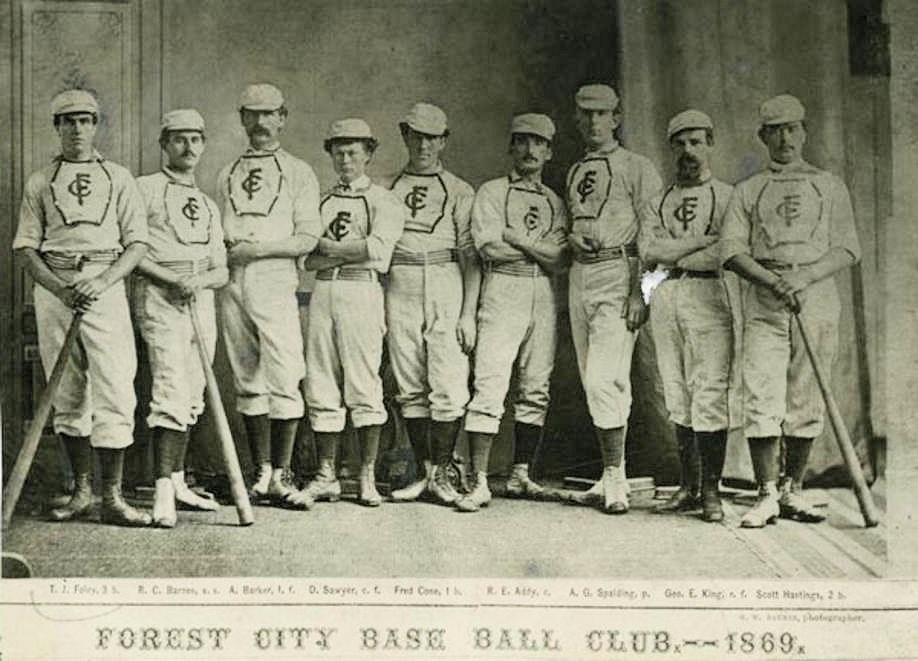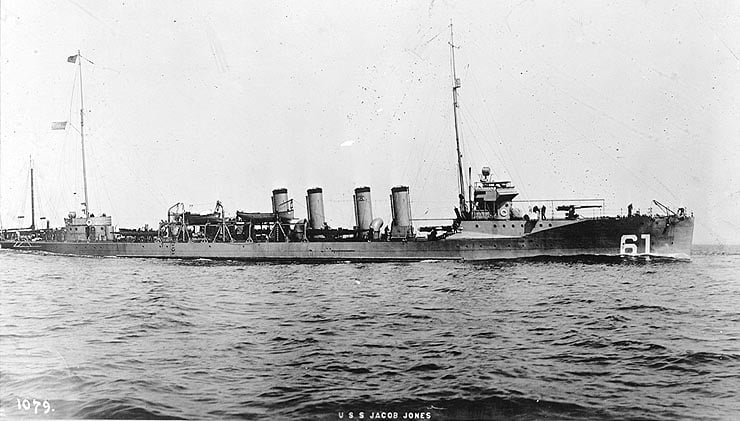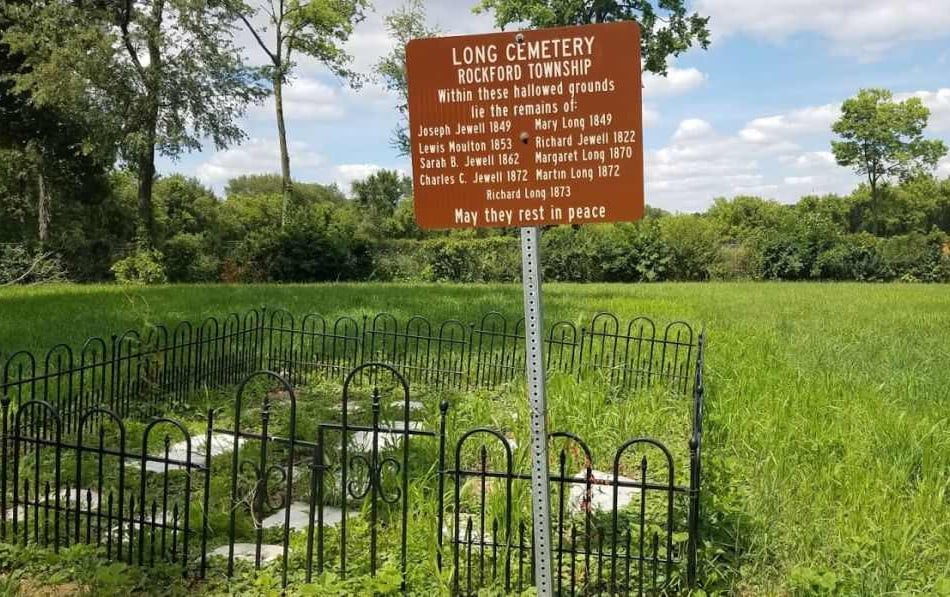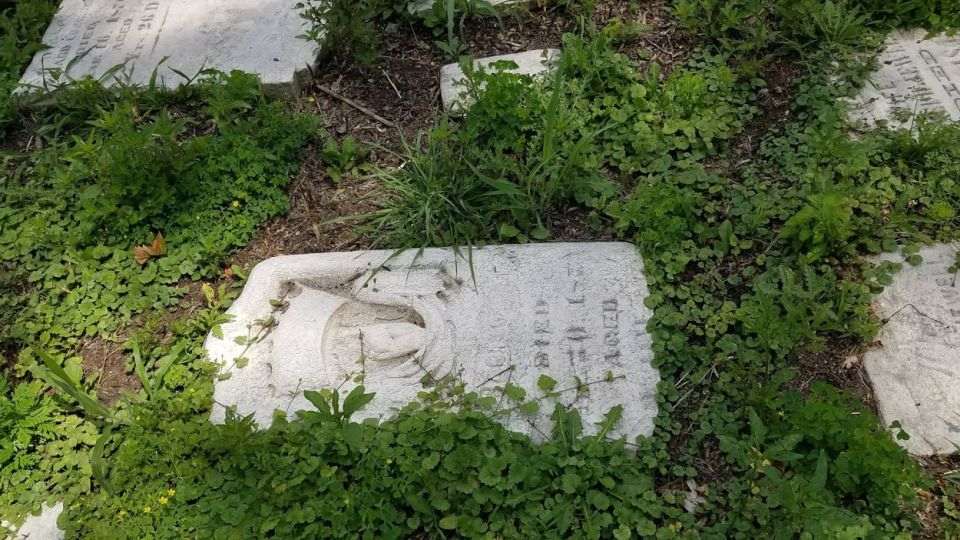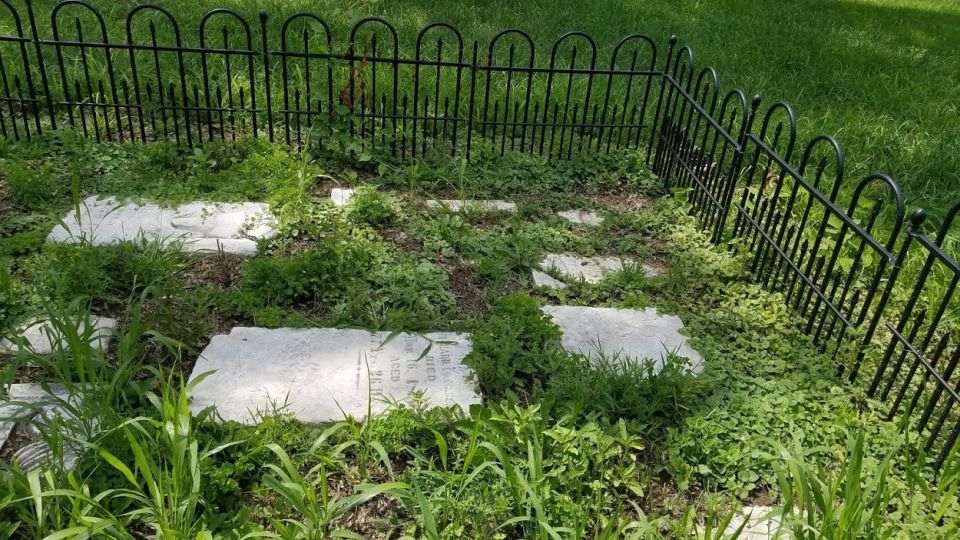Originally published on Rockford Buzz.
The Knight family was like a lot of people in Rockford in 1927. They moved here to get a fresh start. Rockford had a great reputation for job opportunities across the country and drew many people here.
Isaac Knight was 43 years old in 1927 and desperately needed a new beginning. His family had lived in the Red Boiling Springs Tennessee area for years. Isaac had run into some trouble and spent some time in prison. After he finished serving his sentence Isaac wanted to leave the past and Tennessee far behind them.
Isaac came to Rockford in December of 1926 and secured a job as a salesman at the L.B. Price Mercantile store. Isaac’s wife Myrtie and their five children joined him in the beginning of January. Everyone was settling nicely into their home on Elm Street. On January 23, 1927 Isaac decided to take the family on a Sunday drive to visit some of the sights of their new city. They just finished touring Black Hawk Park along 15th Avenue and Black Hawk Park Road.
Black Hawk Park of 1927 was very different than it is today. It had a beautiful pavilion that overlooked the Rock River and a zoo was there for a time.
The family left the park and was driving east on Blackhawk Park Avenue. The car was approaching the Mattison Machine works factory and the train crossing there. The Chicago, Milwaukee and St. Paul passenger train was traveling through Rockford due at the station at 5:00 p.m. It consisted of an engine, a tender and two passenger coaches. Sam Boldock who worked at the Mattison Machine Company was a witness to what happened that day.
Sam was leaving the factory and saw one car rush over the tracks. The next vehicle was not so fortunate. According to Boldock’s statement, he believed that Isaac Knight had no idea that the train was so close.
The train hit Isaac’s vehicle right in the center. The automobile was thrown to the right toward the factory. Boldock heard the sounds of the metal crushing metal and the screams of the victims as the car was pushed 60 feet down the tracks. He also heard the eerie silence when the train and the wreckage finally came to a stop.
Boldock joined the men from the train as they rushed forward to search for the victims.
They found six of the family members and quickly loaded them into two ambulances. One of the little girls, Nellie was only four years old. A policeman, John Anderson cradled her in his arms during the trip to Swedish American. He was devastated as he witnessed her take her last breath.
Physicians and nurses were put on alert at the hospital and had prepared for the large number of casualties. Unfortunately, there was not a lot that could be done for some of the family members. Myrtie, listed as 32 years old, five year old Zola and Nellie were all pronounced dead when they arrived at the hospital.
When the crew members returned to the train they were horrified to see a young girl laying on the cattle guard in the front of the engine. Thirteen year old Zella Knight was carefully lifted from the engine. She fainted when the men lifted her. She was placed on the train and taken to the nearest depot. She was rushed to Rockford Hospital away from the other members of her family.
Back at Swedish American the rest of the Knight family was slowing losing their fight to survive. Elease, 11 years old died a few hours after her arrival. Isaac and 8 year old Clinton were unconscious and barely clinging to life.
Zella appeared to be the least injured of her family. She suffered from a broken hip and pelvic bone and numerous cuts to her body and face. Somehow she was thrown from the car and up onto the train keeping her from the most of the damage during the crushing of the car.
Isaac and Clinton died early the next morning just hours apart. All of the family members except Zella had suffered skull fractures and other broken bones. Coroner Fred C. Olson had the deceased family members taken to his undertaking rooms.
Olson would conduct an inquest into the accident. Several of the men who had helped gather the victims immediately after the crash testified for the proceedings. Many of them broke down on the stand and could only answer the questions by nodding or shaking their head. They indicated that the train had blown the whistle but that the line of sight was blocked by the Mattison factory. They mentioned close calls with other vehicles in that same spot.
Zella was able to tell authorities about where her extended family could be found. Isaac had a brother Cecil who lived in Decatur, Michigan. Cecil had followed in his father’s footsteps and was a minister of a church in Michigan. He and his wife traveled to Rockford to attend the inquest. Fred C. Olson worked as a liaison between the family and representatives of the Chicago, Milwaukee and St. Paul line.
The local newspapers continued to tell the Knight’s family story over several weeks. They told of Zella’s recovery and of her fears of being left an orphan. The papers also told of the support from the folks of Rockford. The offers came from all over the city and included assisting with medical bills, funeral expenses and even offers of adoption for Zella. Her hospital room soon became full of flowers, fruit baskets, home-made cards from local school children and donations. The offerings of all kinds of support touched Cecil and his wife greatly. They were stunned by the generosity and care offered by these townspeople who didn’t even know Isaac and Myrtie.
Fred C. Olson helped arrange the funeral and burial of the Knight family at Willwood Burial Park. He also arranged for the payment of all of the funeral expenses through the railroad company.
The funeral was attended by hundreds though the family had only been in the area a short while. The sight of the four small caskets of the children next to the larger ones of the parents touched the hearts of all who attended the proceedings. The family was laid to rest in one large grave in the quiet little cemetery.
Reverend Cecil also filed a claim against the railroad company for damages for each victim. The case would be settled later that same year for $6,000 to be used in the support of Zella.
The Rockford community helped in other ways, too. When Zella healed enough to leave the hospital the family of Reverend and Mrs. B. E. Allen offered to let her stay with them until she was well enough to make the journey to her new home in Michigan. Her Uncle Cecil and his wife had no children of their own and promised to care for the girl as their own.
Before they left Rockford for the last time, they expressed their appreciation for all of the caring support that folks here had given them. They stated that they would never forget the people here who offered all they could to assist Zella and them through the monumental loss they had suffered.
It was a proud moment in Rockford’s history that would become a tradition of caring for those who need it the most.
Copyright © 2020 Kathi Kresol, Haunted Rockford Events


